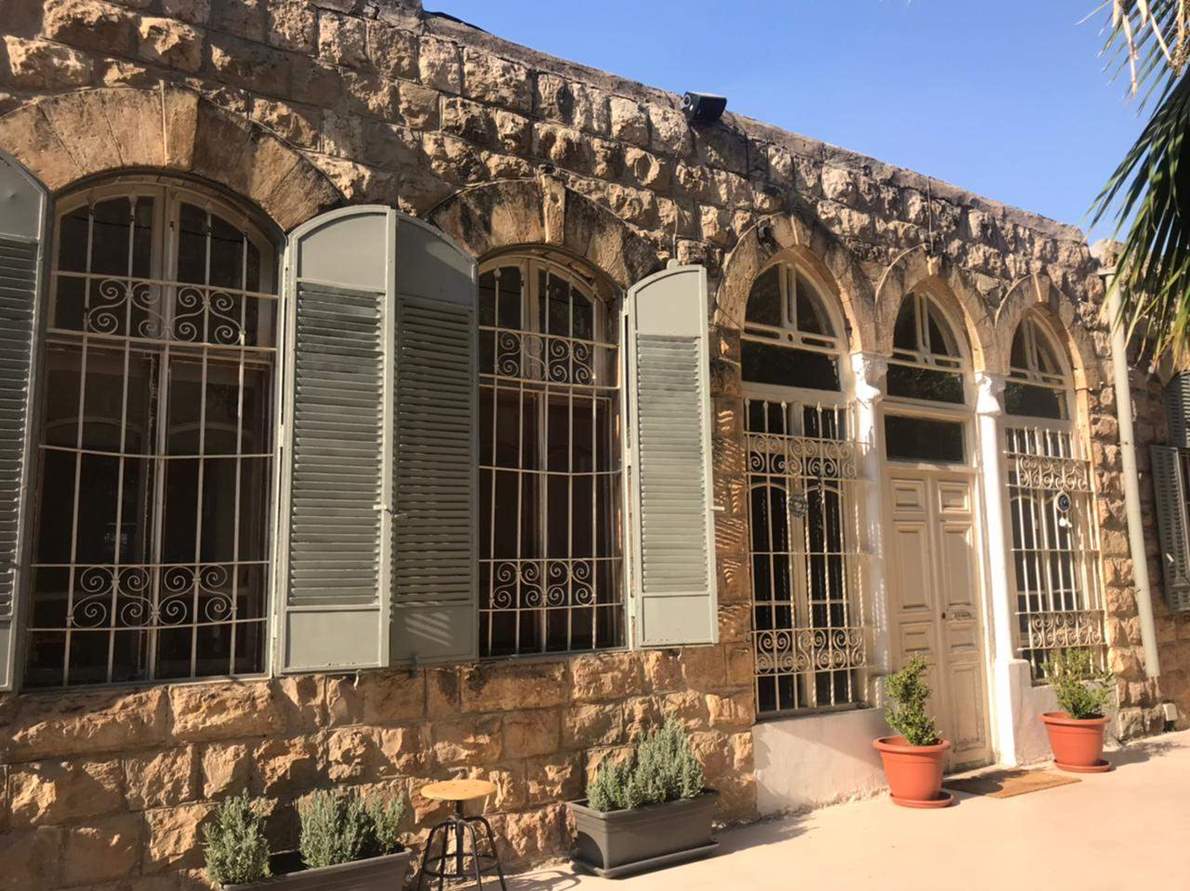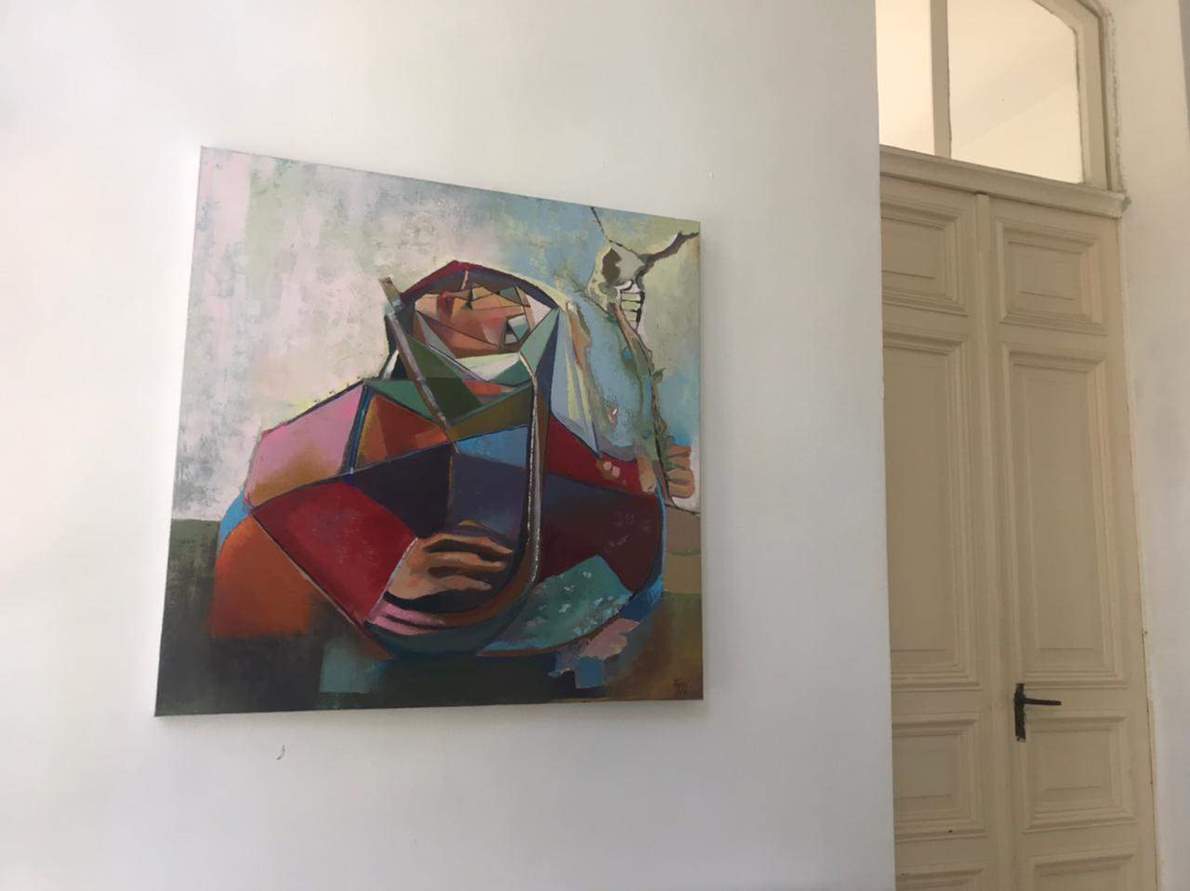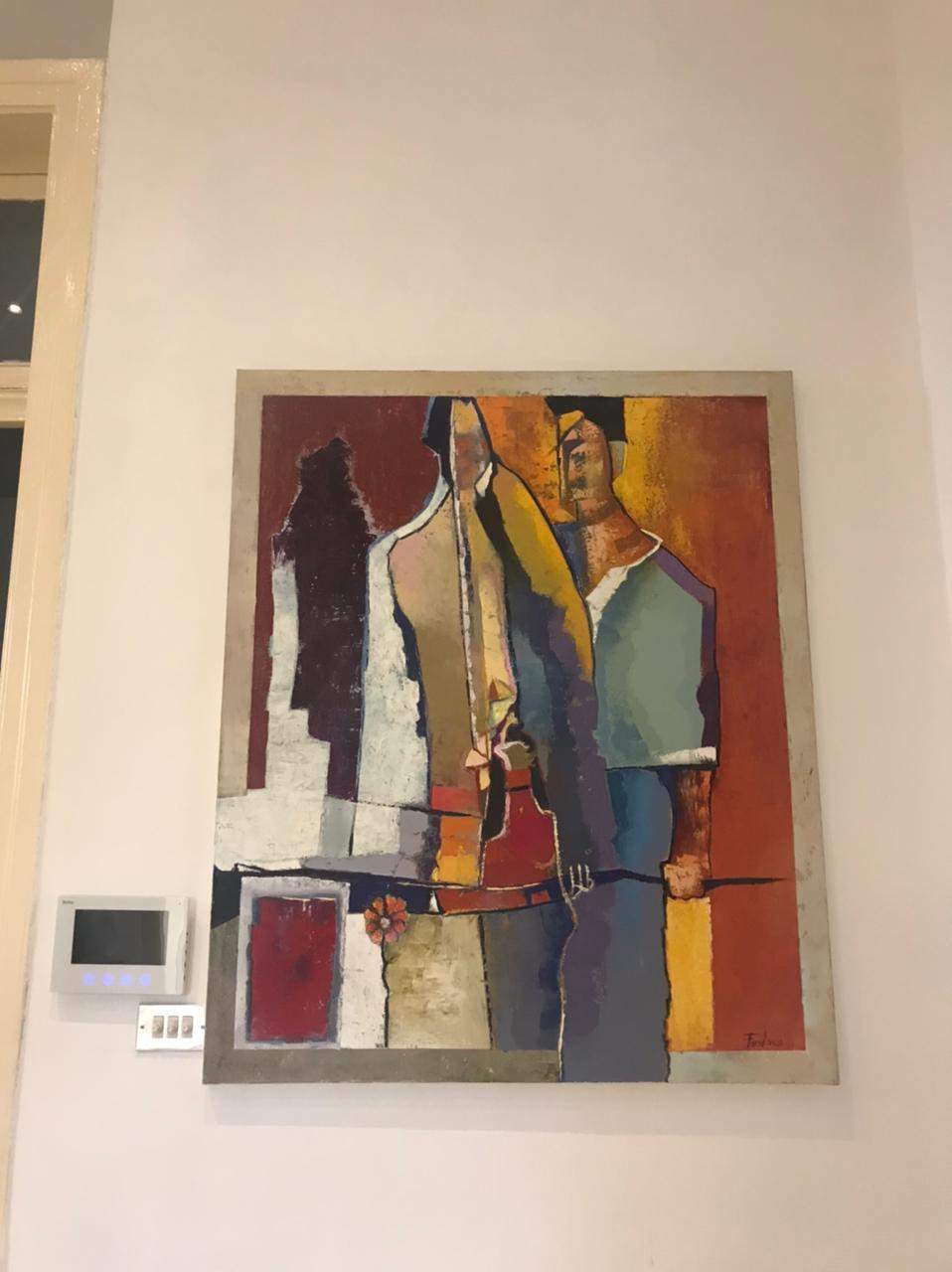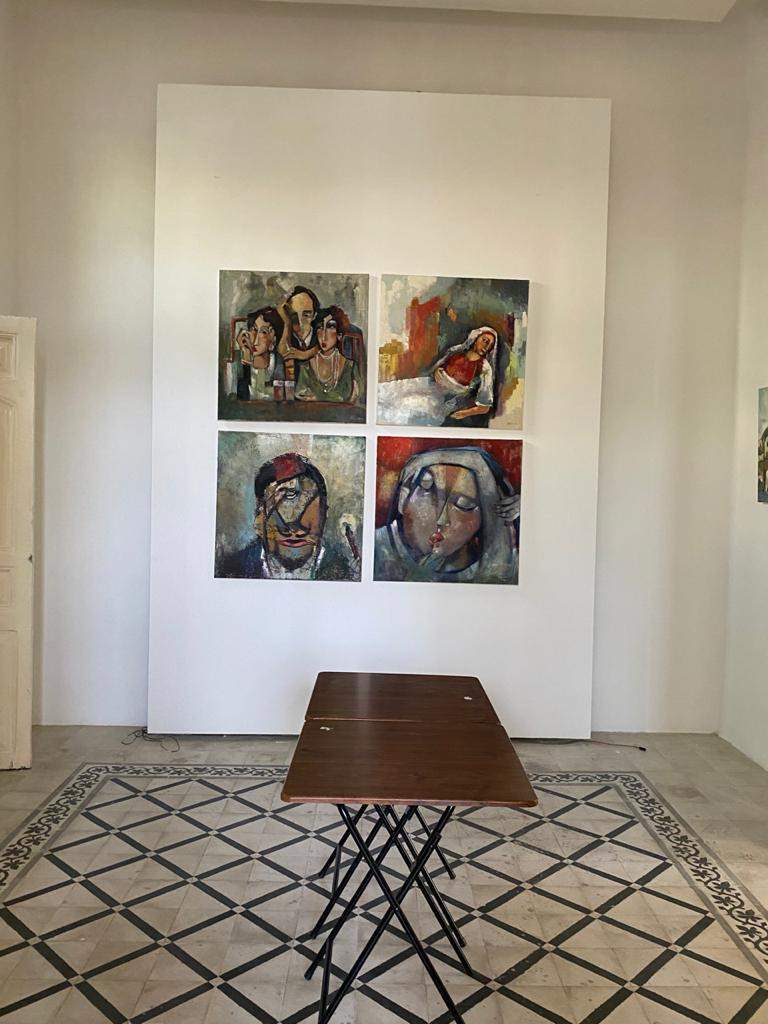AMMAN — Farid Fakhriddin's interest in art started early. Born in Nablus
in 1958, he moved to Amman at the age of nine, where he taught himself how to
paint. His love for learning drove him to hone his artistic skills, and with
time, he began to draw inspiration from impressionist and
post-impressionist
works.
اضافة اعلان
 Farid Fakhriddin’s Atelier in Jabal Amman. (Photo: Handout from Farid
Fakhriddin)
Farid Fakhriddin’s Atelier in Jabal Amman. (Photo: Handout from Farid
Fakhriddin)
“Post-impressionism is an art movement that arose in the 19th
century. It’s considered an extension of impressionism and shares with it
bright, clear colors, and … painting subjects from real life,” Farid Fakhriddin
said in an interview with
Jordan News.
Through experimenting with colors and various techniques,
Fakhriddin shaped his own style.
“I've been creating art since I was young, and I've worked on
myself for a long time,” he said, adding that the two schools he draws from
rely “on different elements from other art schools in terms of colors and
methods” and are “considered the basis of modern art.”
 Farid Fakhriddin’s Atelier in Jabal Amman. (Photo: Huda Dabeet/Jordan News)
Farid Fakhriddin’s Atelier in Jabal Amman. (Photo: Huda Dabeet/Jordan News)
Fakhriddin told
Jordan News that current artistic movements,
be they in writing, music, drawing, theater, cinema, or literature, have
entered a world of chaos. The artist said that “Contemporary means that I have
absolute freedom, but even freedom has limits. If those limits are crossed, chaos
enters, and this is the most dangerous thing in art.”
He said that the artist must respect the audience and offer art
that advances their culture.
 A painting from Fakhriddin’s Tarjamat collection. (Photo: Handout
from Farid Fakhriddin)
A painting from Fakhriddin’s Tarjamat collection. (Photo: Handout
from Farid Fakhriddin)
Fakhriddin utilizes several elements in his paintings, which
convey more than one meaning. Palestine, for instance, is often personified as
a woman in his paintings. He said that “Without women, generations would not
have been raised.”
Fakhriddin stated that this era suffers from a loss of identity, even
though each prior period had one. “Some artists resort to old art that has an
identity, such as calligraphy, dervishes, and other types of art,” Fakhriddin
said. “If a person loses his identity, they enter a state of loss.”
 Paintings from Fakhriddin’s Tarjamat collection. (Photo: Handout
from Farid Fakhriddin)
Paintings from Fakhriddin’s Tarjamat collection. (Photo: Handout
from Farid Fakhriddin)
Fakhriddin added that he draws inspiration from citizens' daily
lives because he is close enough to hear their stories and thoughts. “I get my
inspiration from all walks of life, and I interact with people to learn their
stories,” he said. “A true artist sees beauty in everything.”
His artworks are also influenced by his life experiences as well
as various cultures. Fakhriddin said that all circumstances, whether in Jordan
or the Arab world, have had an impact on him, and that this is represented in
his work.
 Paintings by Fakhriddin. (Photo: Huda Dabeet/Jordan News)
Paintings by Fakhriddin. (Photo: Huda Dabeet/Jordan News)
In 2018, he released a solo exhibition titled “Tarjamat”, which
includes paintings inspired by the poems of the Palestinian poet Mahmoud
Darwish. The paintings were showcased at the Talal Abu Ghazaleh Knowledge Forum
TAG-KF in Amman. Fakhriddin said that the goal of this exhibition was to remind
the new generation of our great culture and identity.
 (Photo: Huda Dabeet/Jordan News)
(Photo: Huda Dabeet/Jordan News)
The artist’s first solo exhibition took place in the early
nineties, while his Eclectic Collection was released in 2014 and 2016. Other
collections are displayed in Palestine, Lebanon,
United Arab Emirates, Qatar,
and the United States.
 (Photo: Handout from Farid Fakhriddin)
(Photo: Handout from Farid Fakhriddin)
In his own words, "Understanding and admiring art is a rite of passage that enables
us to live peacefully and happily even when life is harsh and unfair. Art allows us to rise above the trivial.”
Read more Trending



